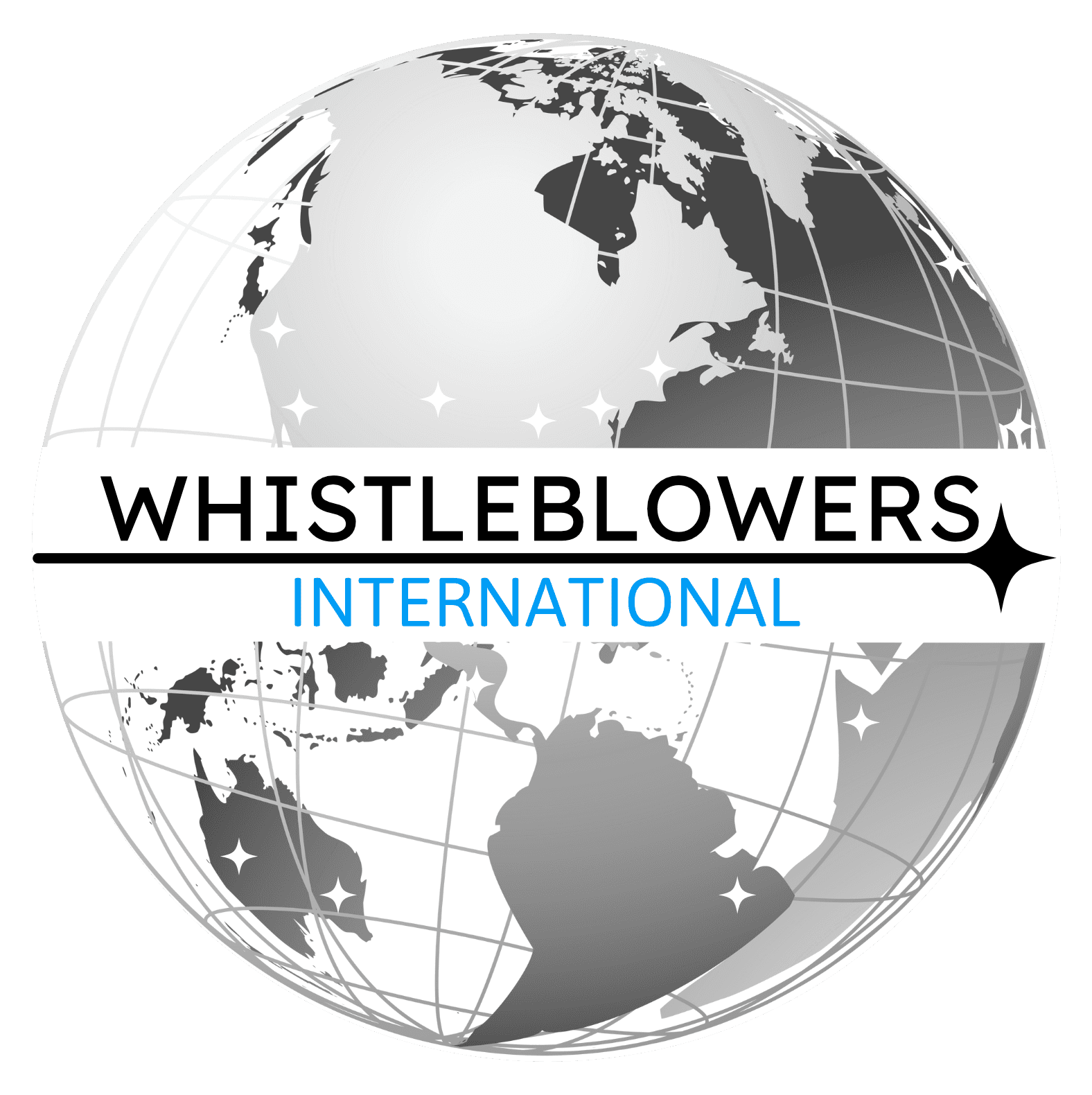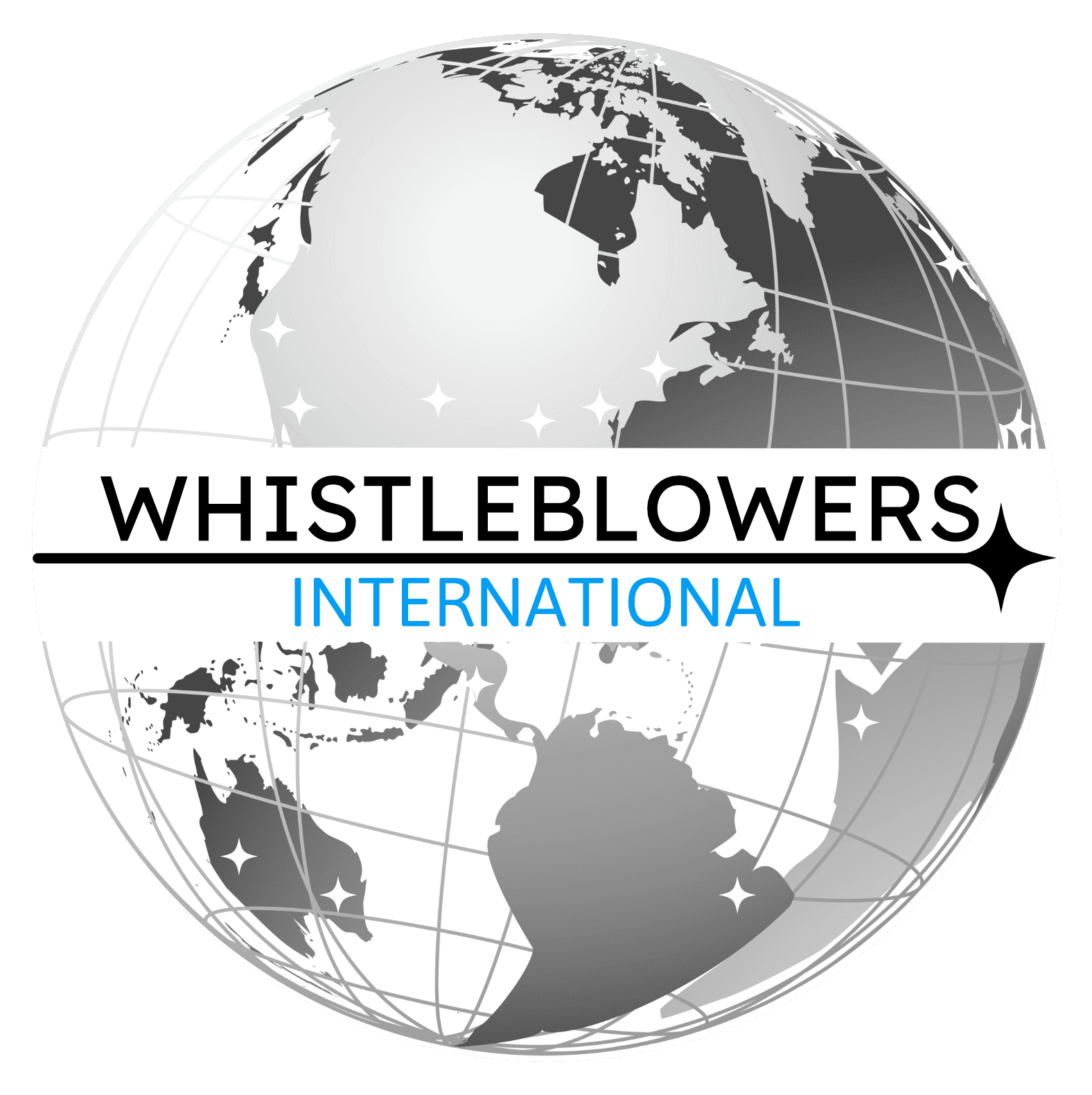The United States intelligence agencies, like the CIA and NSA, are responsible for collecting and analyzing information that is important to national security. These agencies are overseen by the Executive Branch of the US government, specifically the Office of the Director of National Intelligence. The structure of US intelligence agencies varies depending on the agency, but they typically have a hierarchical system with different levels of responsibility. For example, the CIA has a Director, Deputy Directors, and Associate Directors who oversee the different divisions within the agency. Overall, US intelligence agencies play a vital role in national security and are constantly working to protect the country from threats.
On a day-to-day basis, these agencies work to collect information through a variety of methods including human intelligence (HUMINT), signals intelligence (SIGINT), imagery intelligence (IMINT), geospatial intelligence, and data science intelligence. This information is then analyzed by experts in order to produce intelligence reports that can be used by policymakers to make informed decisions.
In order to understand how intelligence agencies work, we need to first understand what intelligence is. Intelligence can be broadly defined as "knowledge about an adversary's intentions, capabilities, and activities." It is critical for governments and businesses alike to gather accurate intelligence in order to make informed decisions. In this article, we will explore the different types of intelligence operations and how they are used by intelligence agencies around the world.
Since the events of 9/11, the role of intelligence agencies has come under increased scrutiny. The general public has become more aware of the importance of intelligence and the work that is done by organizations like the CIA, NSA, and MI6. Intelligence agencies, nevertheless, play a critical role in keeping the nation safe. They work tirelessly to gather and analyze information that can help thwart terrorist attacks, track down international criminals, and understand the intentions of foreign governments.
In order to understand how intelligence agencies work, we must understand the different types of intelligence operations. The most common type of intelligence operation is HUMINT, which stands for Human Intelligence. This is when information is gathered from human sources. These human sources can be agents, informants, or even just regular people. The information that is gathered from these sources can be used to track down targets, gather intel on enemy movements, or even just to get a better understanding of what is going on in a certain area. In the past, HUMINT was a labor-intensive process that required a large number of operatives in the field. However, advances in technology have made it possible to collect and process vast amounts of data, making HUMINT more efficient and effective.
SIGINT stands for Signal Intelligence, which refers to the collection and analysis of enemy communications in order to gain critical intelligence information. This information can be gleaned from a variety of sources, including radio transmissions, phone calls, email correspondence, and even social media postings. This can include everything from intercepting telecommunications to interpreting satellite imagery. SIGINT is a vital tool in modern warfare, as it can provide critical insights into enemy plans and intentions.
IMINT stands for Imagery Intelligence, which is a type of intelligence that deals with the interpretation and analysis of photographs and videos. It is the discipline within intelligence that collects, processes, exploits and disseminates still and moving imagery to support national security objectives. It's one of the main types of intelligence used by military and law enforcement organizations. IMINT analysts use a variety of tools to interpret visual information including aerial photography, satellite imagery, and ground-based reconnaissance sensors. This information helps policymakers make informed decisions about defense and foreign policy matters.
Another common and newer type of intelligence operation is geospatial intelligence, which uses mapping and spatial analysis to gather information about an area or target. This can be used for a variety of purposes, including navigation, disaster relief, and military operations. This information can be used to track down targets, plan military operations, or even just to get a better understanding of the terrain in a certain area.
Finally, there are also intelligence operations that use machine learning and artificial intelligence to gather data. Data science, via machine learning, can be used to mine large amounts of data to generate intelligence insights. This process is commonly used by commercial companies to target ads and understand customer behavior. However, it can also be useful for government intelligence agencies. For example, the NSA has used machine learning to analyze vast amounts of metadata to look for patterns that could indicate terrorist activity.
The race to develop artificial intelligence (AI) is heating up as the US and China vie for supremacy in this critical area of technological development. AI holds immense potential for militaries around the world, as it can be used for everything from improving situational awareness to targeting enemy forces. The US military is already investing heavily in AI research, and it is clear that China is also looking to utilize this technology in its own defense capabilities. In the past, the US has held a clear lead in AI development, but China is now catching up rapidly. This is contributing to a new cold war between the two powers, as each tries to outcompete the other in this vital area. AI will play a critical role in the future of warfare, and it is clear that whichever nation can develop the most advanced capabilities will have a significant advantage over its opponents.
All of these types of intelligence operations are important in the world of intelligence gathering. In order to be successful, an intelligence agency must use all of these methods to gather information. However, each type of operation has its own strengths and weaknesses. For example, HUMINT is very good at gathering information from human sources, but it is not as good at tracking down targets. Geospatial intelligence is very good at tracking down targets, but it is not as good at gathering information from human sources.

